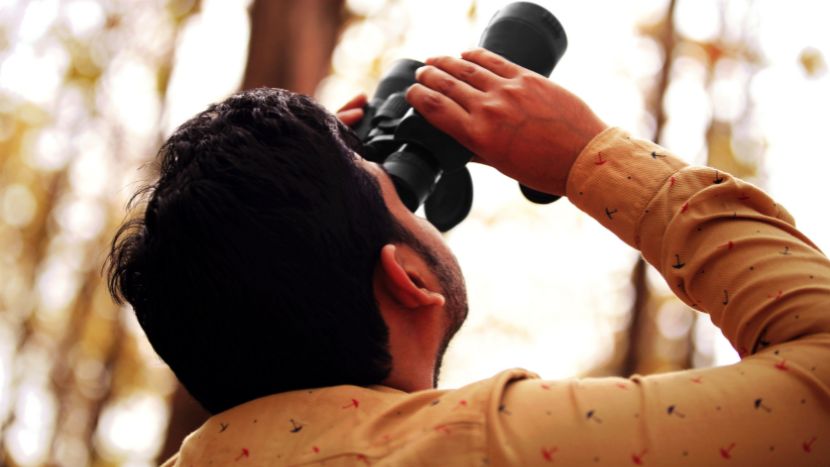The Rise of Citizen Science: Democratizing Research Through Online Education
With the internet’s boundless reach, anyone with curiosity and a web connection can now become part of the scientific community, conducting research as well as absorbing info to expand their understanding of a huge range of topics.
The idea is that online education platforms are democratizing what used to be a somewhat exclusive sphere, meaning that it’s not just for those with advanced degrees anymore.
We’re seeing citizen science initiatives backed by prestigious institutions being rolled out to great success, eroding the accusations of elitism which used to dog them.
Flexible courses and widespread access are key in this context, as they equip volunteers with the necessary theoretical knowledge while removing traditional barriers like the need for lab access or relocation.
Now that you’ve got a taste, here’s a closer look at what this democratization involves, and how it hints at an engaging future where science is done by the people, for the planet.
How the Educational Scaffold is Supporting Citizen Scientists
The burgeoning phenomenon of citizen science is grounded on two essential elements: access to scientific education and opportunities for real-life application. Online education provides the cornerstone, offering structured pathways for passionate individuals eager to contribute to meaningful scientific development. Here are its lynchpin features unpacked:
Accessibility and Flexibility
Online platforms break geographical barriers. Whether you’re in rural Montana or downtown Tokyo, you can access courses tailored to your interests and timeframes. This aspect of online education catalyzes widespread participation in citizen science projects.
Varied Educational Offerings
The scope of courses available range from introductory sessions on data analysis to comprehensive degrees in scientific disciplines, whether that’s an online biology associate’s degree from Georgia Military College, or specialized certifications in wildlife conservation from platforms like Coursera or edX.
Integration with Practical Projects
Many educational programs now tie directly into active research efforts. Students can often jump straight from their digital classrooms into collaborating on international projects that track migratory birds, monitor climate change indicators, or map stellar constellations. All this makes surviving a science degree more rewarding and worthwhile.
Many of the millions of citizen scientists across the country commenced their investigative journeys through casual learning experiences such as MOOCs (Massive Open Online Courses). This underscores the impact of accessible academia and also highlights how foundational knowledge equips volunteers for hands-on contribution.
Moreover, this movement is doubtlessly contributing to the strong standing the US has on the global stage when it comes to STEM education, research and breakthroughs.
Over 437,000 people achieved bachelor’s degrees in this field in 2021 – and in the same year the amount of money being plowed into science-related R&D was $789 billion, an increase of $72 billion compared with the previous year. The fact that online education platforms and citizen science initiatives are fuelling this is a compelling one, and points to a bright future, while dismantling claims of naysayers who argue that interest in STEM is stagnating.
The Role of Institutional Support
The expansion of citizen science is not just a tale of individual endeavor but also a story of institutional support and collaboration. Universities, research centers, and government bodies are playing pivotal roles in nurturing the growth of citizen scientists by offering resources, mentorship, and platforms for data sharing. Here’s how this plays out:
Partnerships with Educational Institutions
Many universities are now partners in citizen science projects, providing academic credibility and structure. These partnerships often offer students the chance to work on real-world problems as part of their curriculum.
For instance, Stanford has a variety of schemes including its Abuzz mosquito monitoring system, the Folding@Home distributed supercomputer project, and the Land Talk environmental history initiative.
Government Grants and Funding
To encourage scientific engagement at the grassroots level, numerous governmental agencies provide grants specifically aimed at supporting citizen science initiatives. This funding is crucial for the sustenance and expansion of these projects.
From the US Geological Survey’s line-up to the project planning toolkit from Citizenscience.gov, there are a lot of ways for people to participate and even launch their own research initiatives.
Data Collection and Analysis Tools
Access to professional-grade tools for data collection and analysis is typically beyond the reach of the average hobbyist scientist. However, institutions frequently make these tools available through their programs, significantly enhancing the quality and scope of research possible by amateurs.
A good example is the partnership between NASA and GLOBE Observer – an initiative encouraging citizens to contribute environmental observations using their smartphones. Thanks to this, an improvement in data accuracy has been seen due to contributions from educated lay people participating through this program.
So as you can see, institutional support not only equips citizen scientists with necessary tools but also integrates their efforts into broader scientific goals – creating a collaborative ecosystem where both professional scientists and amateurs can thrive together.
Final Thoughts
There’s no ambiguity over whether the rise of citizen science is a good thing, as we’ve shown the various ways it can contribute to the betterment of individual participants and the entirety of society simultaneously. If you’ve been inspired to get stuck into the plethora of projects that are out there, or take a degree course online to take this to the next level, now is the time to act!


































































































